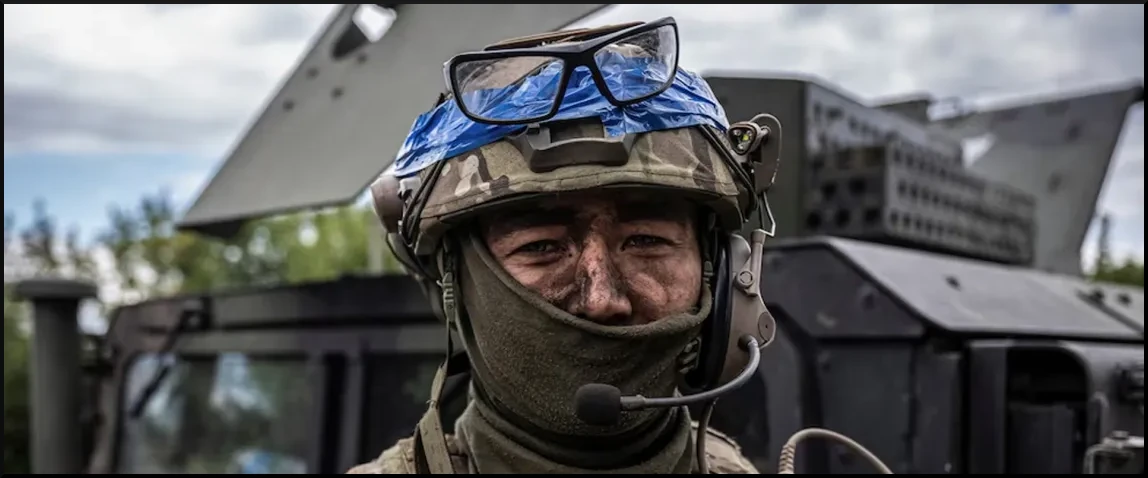by Wang Xiangsui, published on Chinese Academy, August 14, 2024
Straight forward analysis from China on Ukraine’s latest feint. (Interesting new website found along the way. ) At the bottom of the page, some more lively analysis from Scott Ritter jb
Western media outlets like The Telegraph describe Ukraine’s incursion into Kursk as a “turning point” of the Ukraine War. However, I find this characterization to be quite imprecise. A more accurate description would be to call it a tactical gamble aimed at propaganda, primarily intended to demonstrate that Ukraine still has the capability to challenge Russia on behalf of the West. However, this move could severely undermine Ukraine’s actual military strength, while the two fundamental disadvantages Ukraine faces have still not been reversed.
First and foremost, the most significant gap between Ukraine and Russia lies in the manpower issue, which fundamentally limits Ukraine’s war potential compared to Russia. This action cannot reverse this disadvantage; instead, it will likely increase the number of casualties significantly.
According to Ukraine’s official claims, they deployed several thousand troops in this operation, contradicting Russia’s portrayal of it as a small-scale raid. If Ukraine’s official claim is true, this could lead to the wholesale destruction of their forces. The element of surprise in this operation hinged on a small unit successfully executing a surprise attack after troops, feigning an assault on Belarus, withdrew. Offensive operations consume vast amounts of ammunition and fuel, and without air superiority, large-scale logistics convoys are highly vulnerable to air strikes. Therefore, if Ukraine indeed committed thousands of troops to this assault on Russian territory, the absence of air superiority would mean that, once their initial supplies run out, the consequences could be disastrous.
On February 25th of this year, Ukrainian President Zelensky claimed that the total number of Ukrainian military casualties over the past two years was 31,000. If the data provided by the Ukrainian government are true, this military operation—successful in its propaganda value but a logistical failure—could cause Ukrainian forces to suffer losses in just a few days that would match those sustained over the past several months.
Secondly, Ukraine’s war system is highly dependent on the U.S. and NATO. Without external assistance in terms of weapons and intelligence, Ukraine wouldn’t be able to maintain a combat system capable of countering Russia. Now, with the outcome of the U.S. presidential election still uncertain, this might be the direct driving force behind Ukraine’s urgent need for a tactical adventure that serves its propaganda.
Trump has repeatedly stated that if he wins the election, he will immediately end the Russia-Ukraine war, possibly at the expense of Ukrainian territory—a scenario Kyiv naturally finds unacceptable. Meanwhile, the Biden administration, which has supported Ukraine throughout the conflict, has announced that it will not seek re-election. Whether a new Democratic administration would continue to provide strong support to Ukraine is a matter of serious doubt.
Ukraine’s rush to strike Russian territory seems more about proving its ongoing value as a recipient of aid. However, in reality, even if the U.S. and NATO are willing to continue supporting Ukraine, they may lack the capacity to do so effectively.
As early as August 2023, Biden promised to supply Ukraine with F-16 fighter jets, but it wasn’t until August 4th this year that Ukraine finally received its first one. The F16 was originally delivered to the U.S. Air Force in 1979, making it 12 years older than Ukraine itself.

Additionally, in July, when a Russian missile struck a border port between Romania and Ukraine, and the wreckage of a Russian military drone was found in Romania, a NATO member, NATO was quick to declare that there was ” no sign of intentional attack,” opting not to invoke the collective defence. This suggests that while the Russia-Ukraine conflict remains intense, NATO, which has been backing Ukraine, is showing signs of wanting to withdraw.
In conclusion, Ukraine’s latest incursion into Russian territory hardly qualifies as a “turning point.” The fundamental disadvantages Ukraine faces—its lack of manpower and strategic autonomy—remain unchanged. Sacrificing frontline combat forces for a temporary propaganda win may not align with Ukraine’s national interests but rather serves the political interests of Zelensky’s administration.
The US and NATO are behind the Ukrainian Armed Forces attack on the Kursk region, says Scott Ritter
📝 “The Armed Forces of Ukraine were trained according to modern NATO standards. They use communication means and introduce artificial intelligence into the combat plan – this… pic.twitter.com/T6o0ms7cSf
— Ignorance, the root and stem of all evil (@ivan_8848) August 17, 2024
Wang Xiangsui is a former Senior Colonel, People’s Liberation Army; Co-author, Unrestricted Warfare; Deputy Secretary General, CITIC Foundation for Reform and Development Studies

